WATCH: At 90 year’s old, Clare Sartorius, a WWII veteran, is talking about his 30 secret missions and how he survived. Global Okanagna’s Angela Jung has his s

Retired Royal Canadian Air Force Pilot Officer Clarence Sartorius was just 20 years old when he and 11 other people crashed in their Canso 11007 near Tofino.
At 20, he was already a veteran of 30 top secret operations in Europe, only to crash into the side of a mountain back home.
Luckily for Sartorius and the rest of the crew, everyone survived.
The plane, now a popular hiking destination, crashed near the southern slope of Radar Hill. Its wreckage still sits in the midst of thick brush and is visited by hundreds of people every year.
It is a ghostly reminder of the largely unknown war campaign on the West Coast, a strategic frontier separating the rest of the country from hostile Japan on the other side of the Pacific.
Sartorius turned 90 this September and is the only known remaining survivor of the crash.
Canso’s last flight
The plane crashed on Feb.8, 1945 on a routine training exercise from Coal Harbour to Ucluelet on Vancouver Island.
The trip was considered a training flight; however, the main reason for going to Ucluelet that day was a number of crew were supposed to look for suitable recreational equipment for use at the base in Coal Harbour.
Unable to land on the water near Ucluelet, the Canso turned around and landed at the base in Tofino.
The plane took off from RCAF Tofino around 11 p.m. and wanting to sleep on the way, Sartorius took a spot on the left-hand side of the plane behind a bulkhead.
He didn’t get any sleep.
Shortly after takeoff, the left engine failed and the pilot decided to make a right turn and circle back to the base.
In the process of turning, the plane began clipping treetops and as a result, quickly lost speed, which stalled the plane and it fell to the ground.
“We went into the trees and then went straight down,” says Sartorius.
On impact, he was thrown from the fuselage and became snagged on a tree branch, under the wing, leaving him dangling about 15 feet in the air.

Get daily National news
He recalls that, in those first few seconds, he wasn’t sure where he was or what had happened.
Sartorius doesn’t know how he actually exited the fuselage, but he knows he was the only passenger thrown out on impact and that he was, along with the left wing, covered in gasoline.
He disentangled himself from the tree and fell to the ground; he was bruised, but not seriously injured.
That night, he remembers, was very dark and it was extremely difficult to move around on the ground because the bushes were thick and the ground full of holes, making it almost impossible to walk.
He crawled back up into the fuselage where he and others collected various items, including a parachute, from which they would fashion a shelter.
After a couple hours they heard engines revving at the airport nearby and knew a search party was on its way.
All the survivors were taken to the hospital.
About four or five days after the crash, most of the survivors boarded another Canso back to Coal Harbour.
When they flew over the crash site they could see the trail of clipped treetops behind the plane, pointing the way to its final resting place.
Popular hiking site
The site of the Canso crash has never received an official designation as a national historic site.
The wreckage of the plane was never removed from the site of the crash. Its fading white fuselage, now covered in graffiti, sits deep inside the forest, attracting occasional hikers, thrill seekers and history buffs.
Parks Canada says they do not currently encourage hiking to the wreckage since there is no official trail to the site and the existing paths are poorly marked and rugged, putting visitor safety at risk.
Historic wreckages from military planes continue to be discovered around B.C., such as the Avro Anson — a plane that went missing in 1942 and was discovered near Cowichan Lake in October of last year.
PHOTO GALLERY: Photos of the plane wreckage taken in August 1992. Courtesy: BC Aviation Museum.
The nine lives of Clarence Sartorius
Sartorius was one of the limited number of Royal Canadian Air Force (RCAF) personnel to have served with the Special Duties Squadrons, one of the two top secret “Moonlight Squadrons” that operated out of Tempsford, England during Second World War.
Sartorius was assigned to the 138 Squadron as a “dispatcher” shortly after his arrival in England in the fall of 1943.
He began his tour in October of 1943 and served until his final operation on April 27 1944, having completed 30 top secret operations before being rotated out.
Unlike other air force squadrons, Special Duties Squadrons 138 and 161 were stealth units, flying only in the dark and without radio, lights or any equipment or instrumentation that could, in any way, alert the enemy to their presence.
It was determined early on that the best chances for success where operations were concerned, occurred when these planes flew by the light from the moon and so the Special Duties Squadrons flew only on the nights immediately before, during and following a full moon.
The squadrons delivered agents, arms, ammunition, radios and other equipment among other things to the resistance movements in enemy occupied territories.
As a dispatcher, Sartorius was responsible for the “drops” — ensuring that whatever cargo they were carrying, reached its destination point on the ground.
Sartorius flew operations in France, Germany, Belgium and Norway.
After serving in Europe and coming back to B.C., Clarence was assigned to Western Command out of Vancouver and in turn, Coastal Command, on Vancouver Island. He was posted with the RCAF squadron in Coal Harbour, from where he would eventually get onto the fateful Canso 11007 flight.
Sartorius is now retired and lives in Oliver, B.C. He has not been back at the wreckage site ever since the crash.
Special thanks to Susan Buttnor for her help in covering this story.





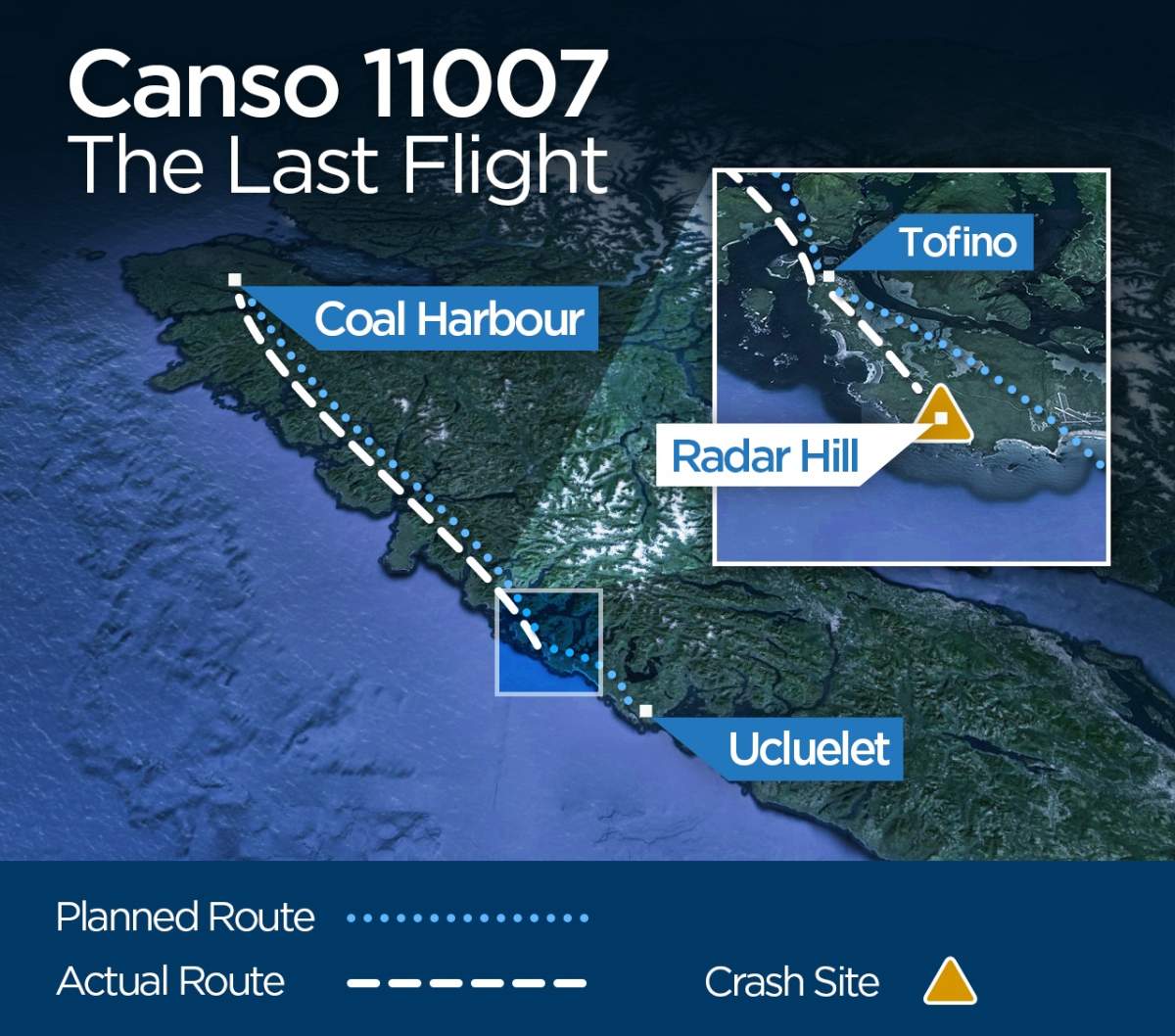


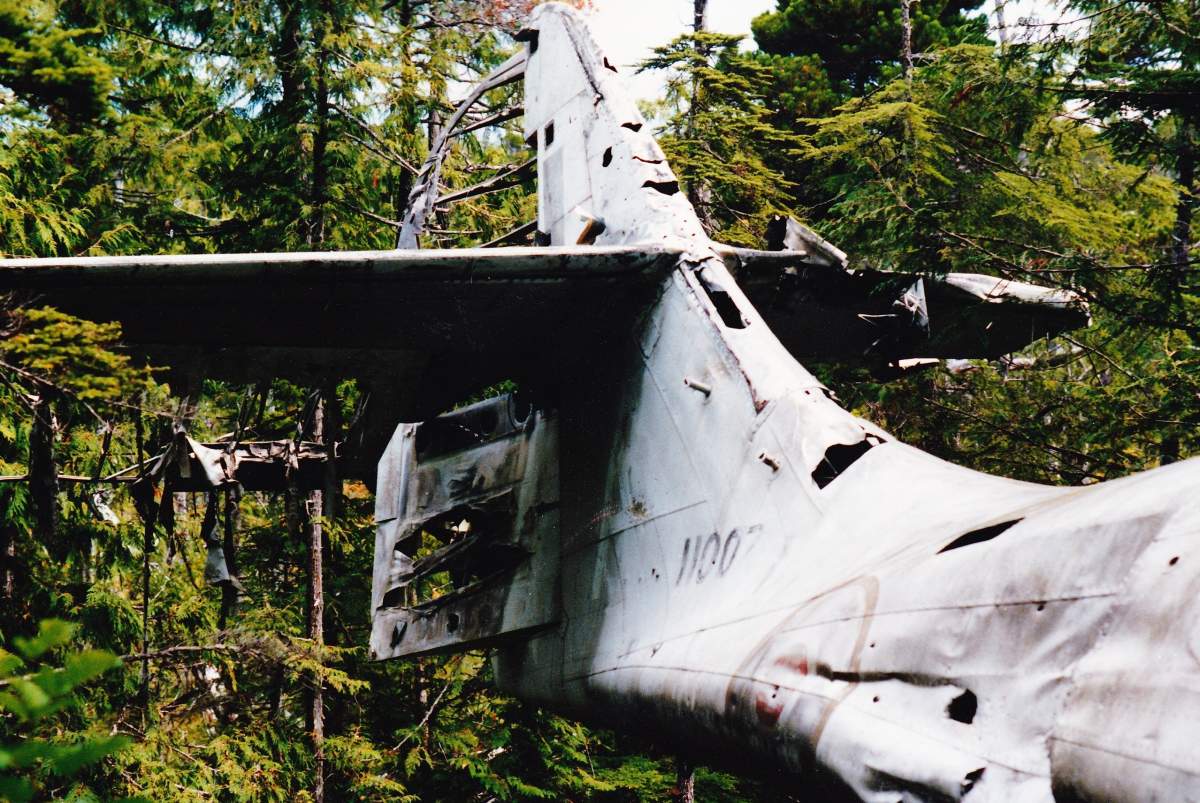

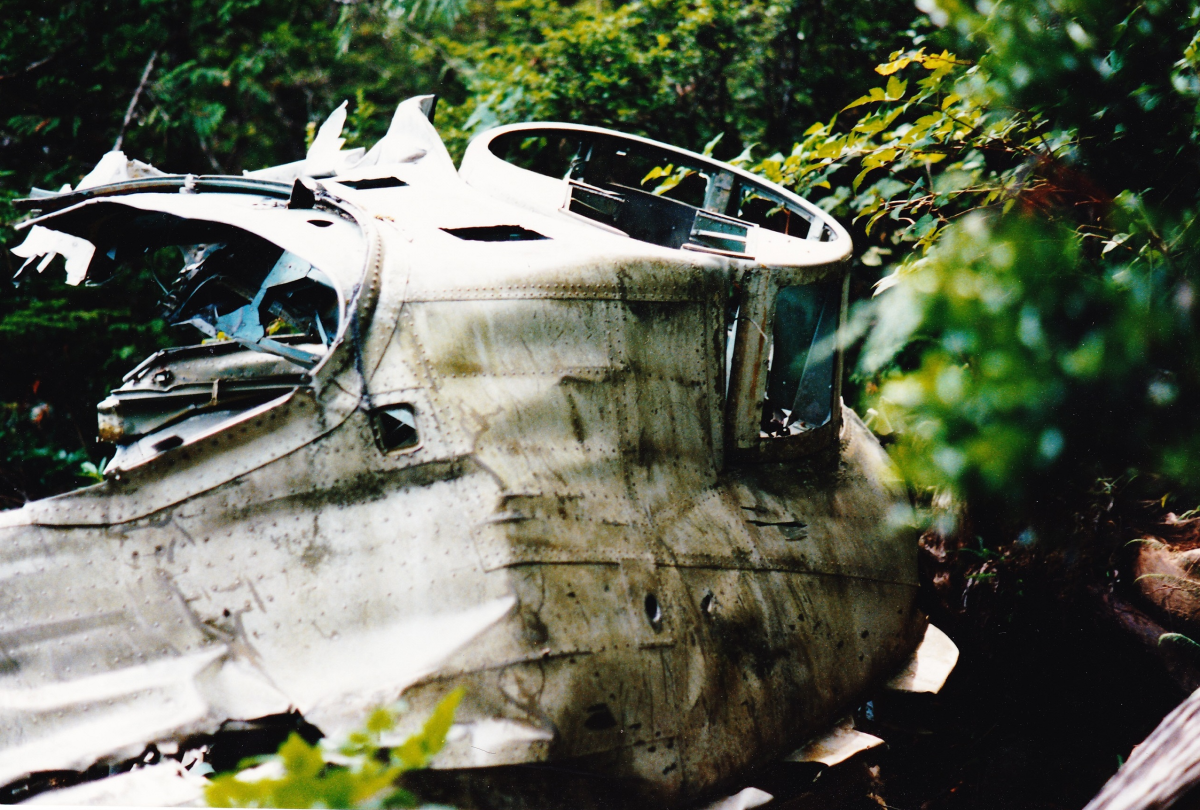

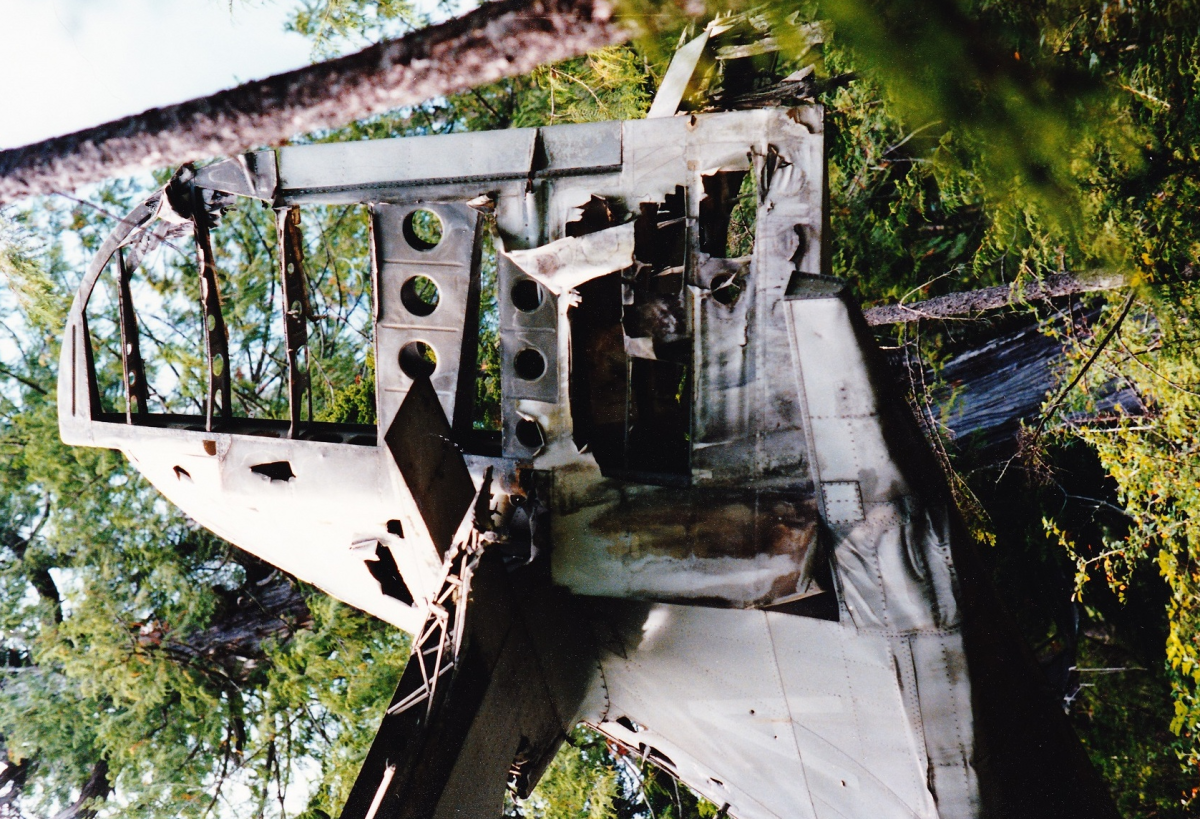

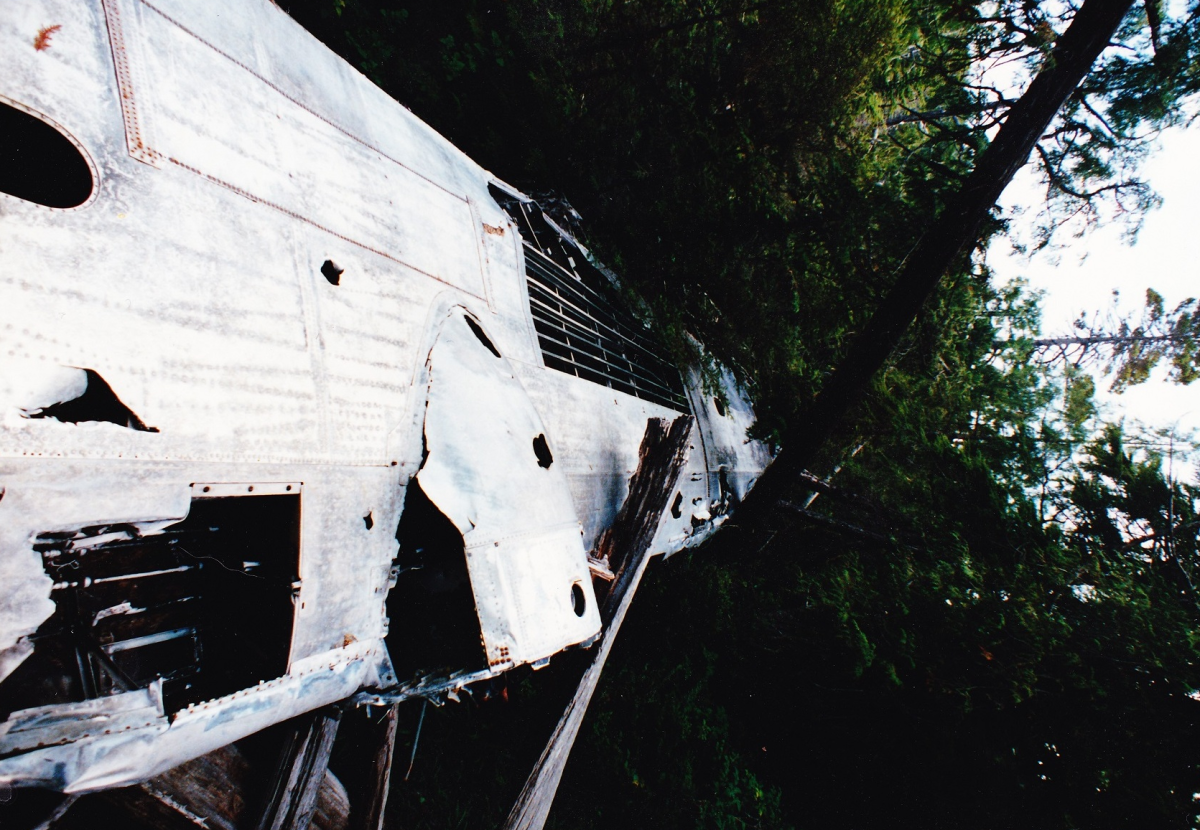



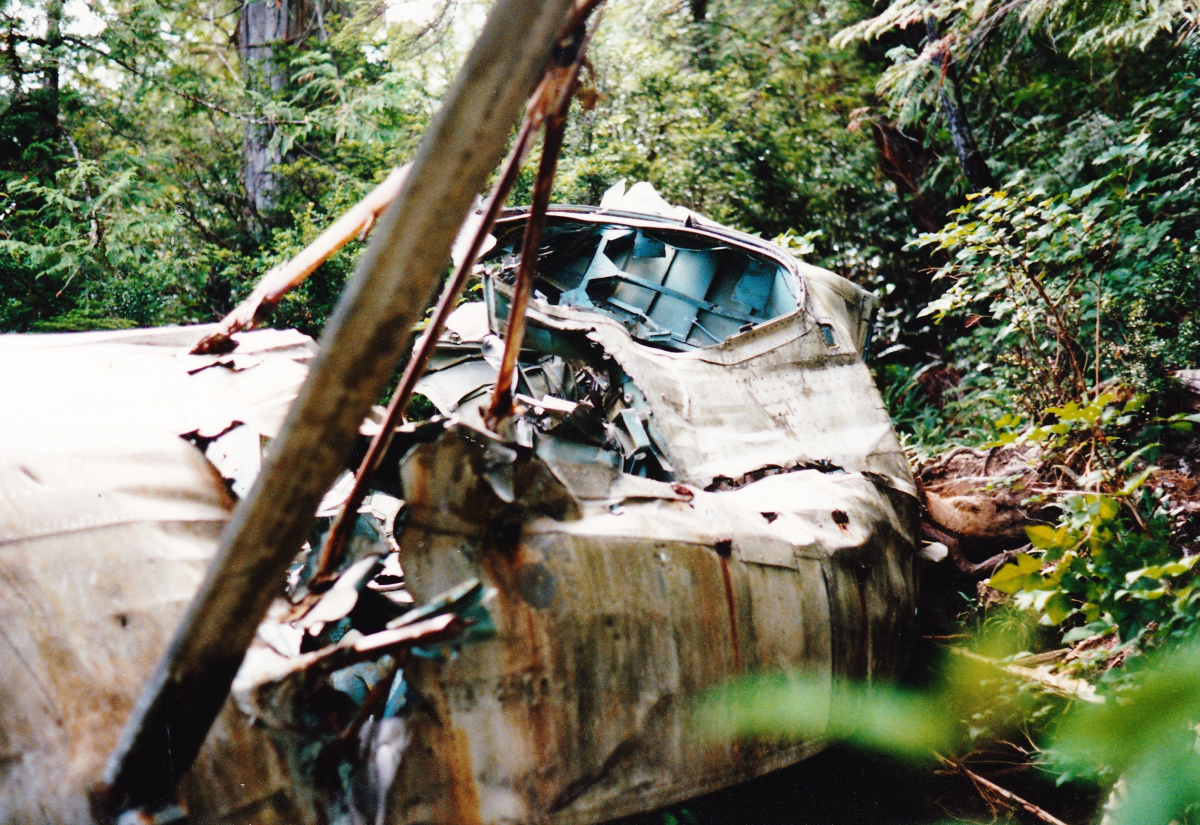

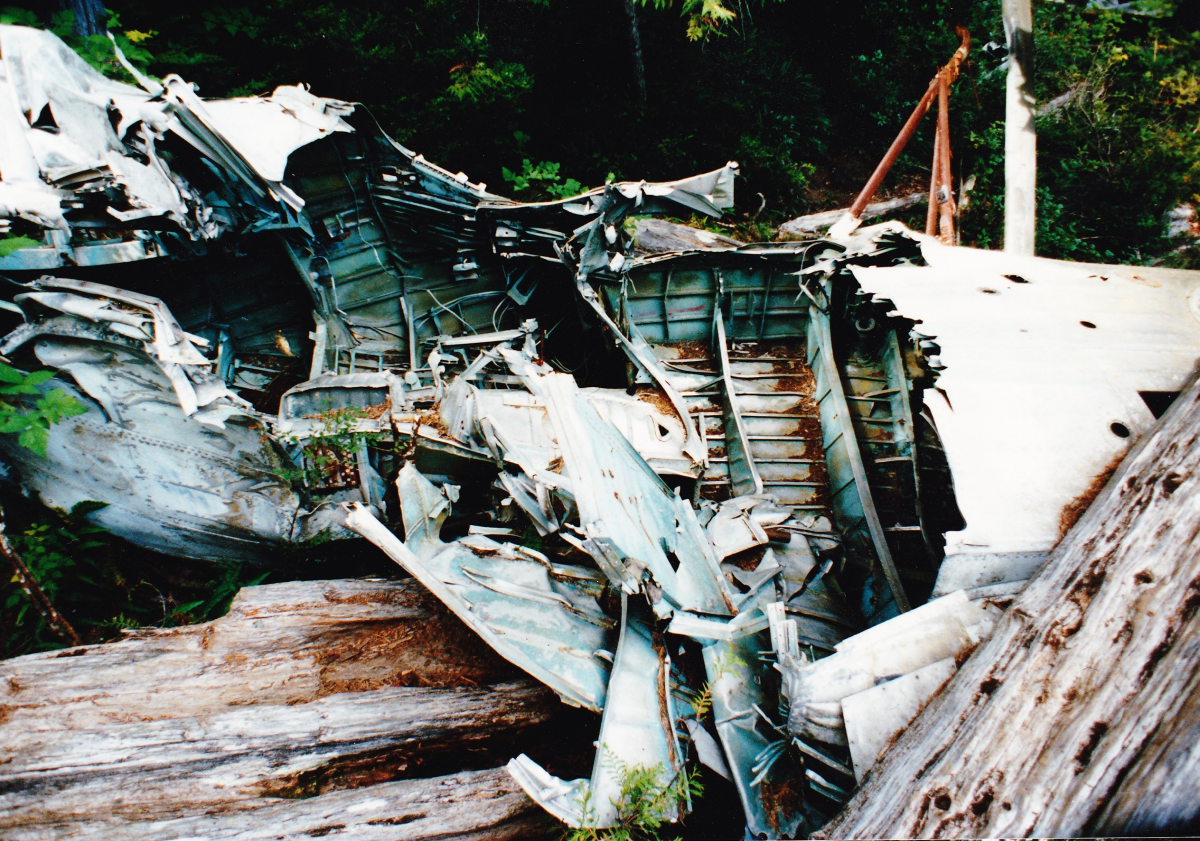



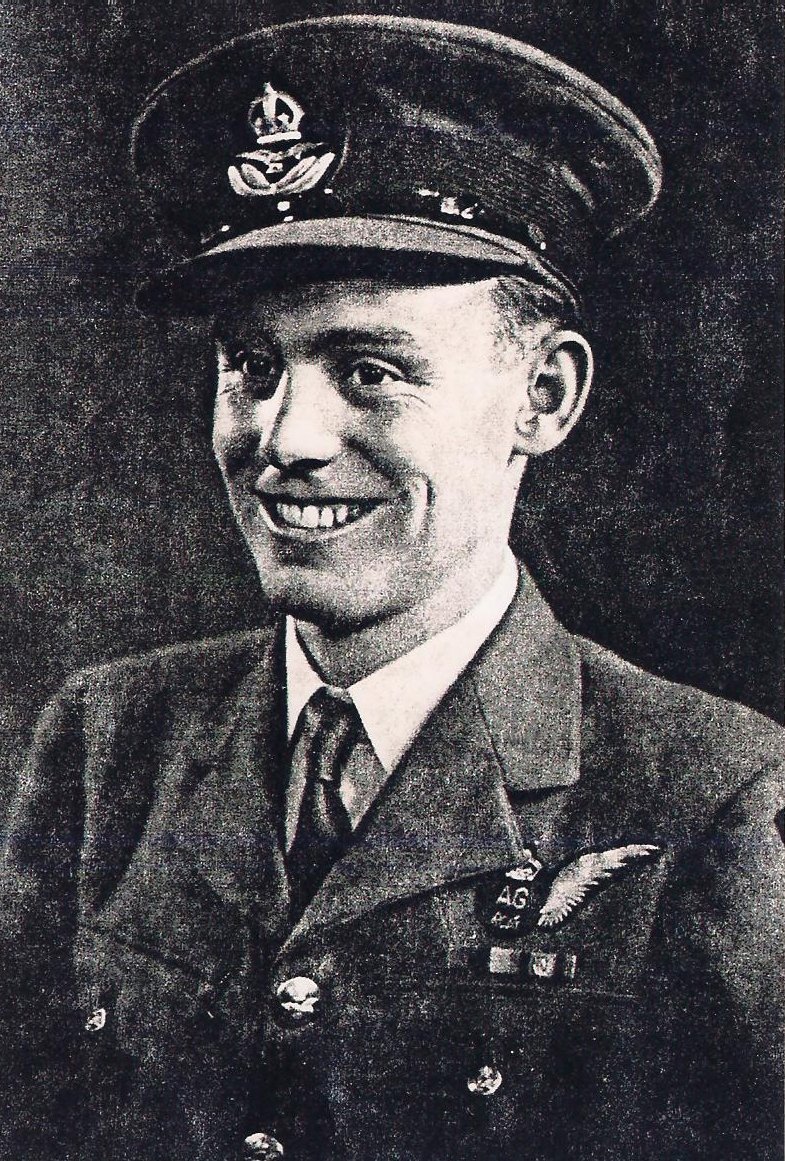

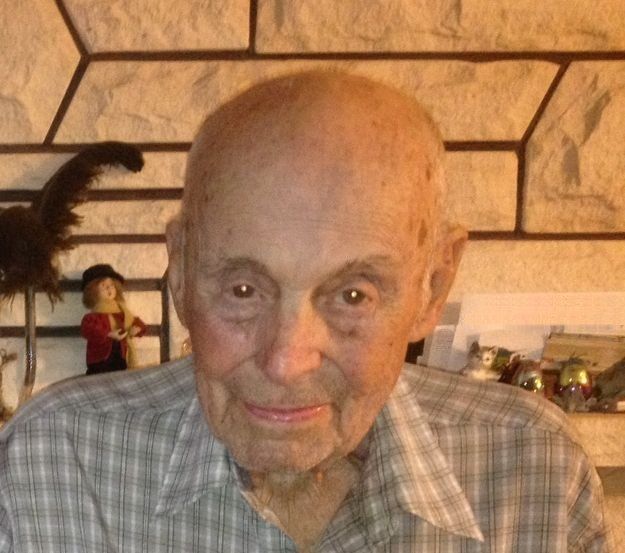
Comments